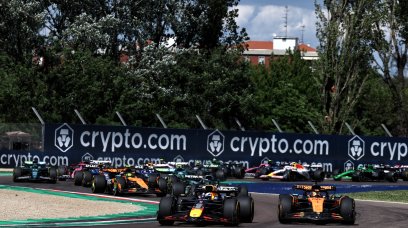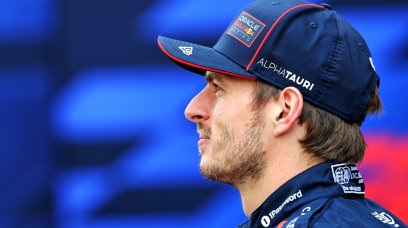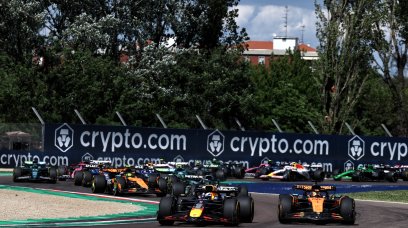With the start of 2022 F1 season just days away, it is fascinating to explore how each of the three leading teams have taken a different design approach to their cars. Sometimes, even big differences may lead to similar performance levels but, at this stage, it is impossible to guess which is the best overall concept. This is in part because it is not just performance that is crucial for race results; reliability will also have the same bearing in determining success or failure in the first three or four races. What is clear, though, is that the Red Bull, Mercedes and Ferrari cars are all sporting very different features, as well as some similarities, as detailed below.
Mercedes W13
The W13 offers an interesting interpretation of the new rules for two reasons. As far as the body is concerned, the sidepods are striking given that, despite the strong regulatory limits, they are extremely small in terms of volume. The early model of the car presented in the first tests in Barcelona was already characterised by a narrow rear end but, in Bahrain, the definitive version made its debut, with practically minimal sides, vertical air intakes, and a very tight front section. In short, an extreme project.
The complexity of the floor is remarkable. Its upper side allows a glimpse of the intricacy of the underlying Venturi channels, highlighting a very refined detailed design. The M13 E Performance power unit is new, and it could be one of the leading engines on the grid. The striking concept of the sidepods, in theory, shoud produce benefits, especially in the slow section of the tracks, where downforce generated reduces dramatically. However, during the recent test session in Bahrain, there appeared to be two downsides. One is that the porpoising effect seemed to have increased, compared to the previous test in Barcelona. The second disadvantage is the increased sensitivity to crosswinds. This could play a signifcant role in Sakhir, a track where side wind is often present.
The concern that arises from the extreme concept of the sidepods - along with the unique new mirror design - is that the Brackley engineers paid too much attention to the upper bodywork volumes, while the area that can really generate performance is just under the floor of the car.
Ferrari F1-75
The Scuderia's F1-75 impressed right from its launch in February, due to the originality of the shapes in the upper profile and sides. The deep sinuous furrow, crossed by the series of ventilation grilles for heat dissipation, is a particularly distinctive element. In fact, it was designed to obtain the best packaging of the 066/7 power unit and its accessories, in order to fully exploit its performance. The lower aerodynamic concept seems very clean; less complex than other cars, but no less effective. Above all, with the developments introduced in Bahrain, it seems that the porpoising problem has been solved, thus ensuring an excellent balance of the car.
The details of the F1-75 are very well done, as in the case of the double 'tea tray' in the lower splitter area (see drawing above) to maximise the efficiency of the Venturi channels.
Compared to the Mercedes W13, the volume of the sidepods on the Ferrari look enormous. Nevertheless, what emerged from the two testing sessions is that this configuration - that looks so conventional - generates an almost perfect aero balance, not interfering with the floor efficiency in terms of crosswind sensitivity. It looks like this conventional shape is the one that has most enhanced the overall aero performance of the car, without going for a striking futuristic look.
Red Bull RB18
Over in Milton Keynes, the Red Bull team waited until the first test session in Barcelona to reveal the real shape of the car, having essentially unveiled a version of the 2022 F1 show car at their prior launch event. It is understandable that they took this strategy. The RB18 - not only at the level of its external shape - is characterised by deeply hollowed sides in the lower part of the car to take advantage of the Coanda effect, which allows the airflow to remain adherent to the surface along the entire length. The search for precise management of the variations in heights from the ground seems to be the goal that Adrian Newey set for himself in this truly extreme project.
With the profound evolution of the sides and floor of the car, as seen in Bahrain (see drawing above), porpoising has been definitively resolved, increasing the load produced by the Venturi channels. The RB18's competitiveness appears indisputable. It seems clear that the latest evolution of the car follows an understandable development route. What this means is that Newey and his staff, without changing the concept of the car from its launch, worked to fix some weak points, while at the same time they enhanced the main soft spot of this car, the downforce generated. One of the most striking qualities of the RB18 is and will be, in my opinion, its capability to keep the tyres consistently in the perfect working window.
Most read







